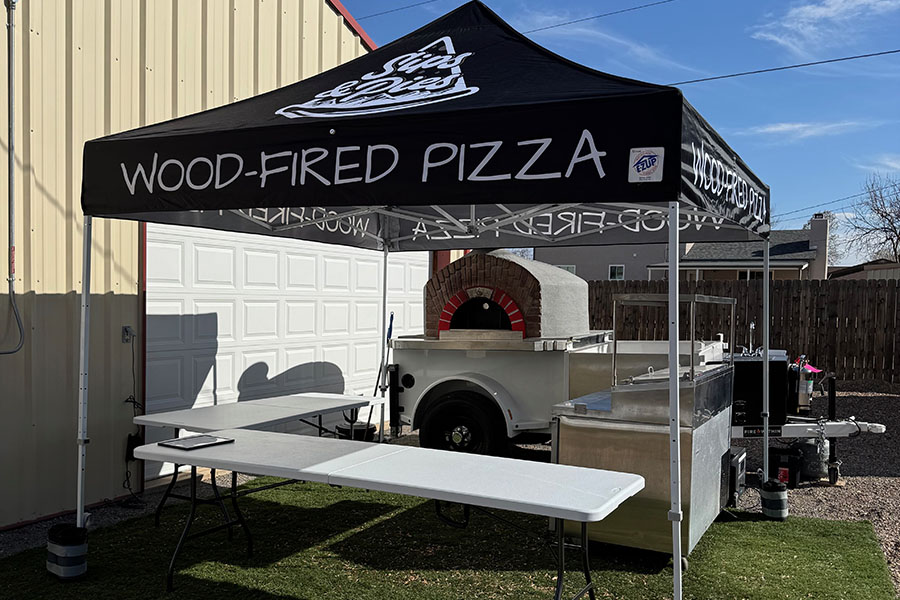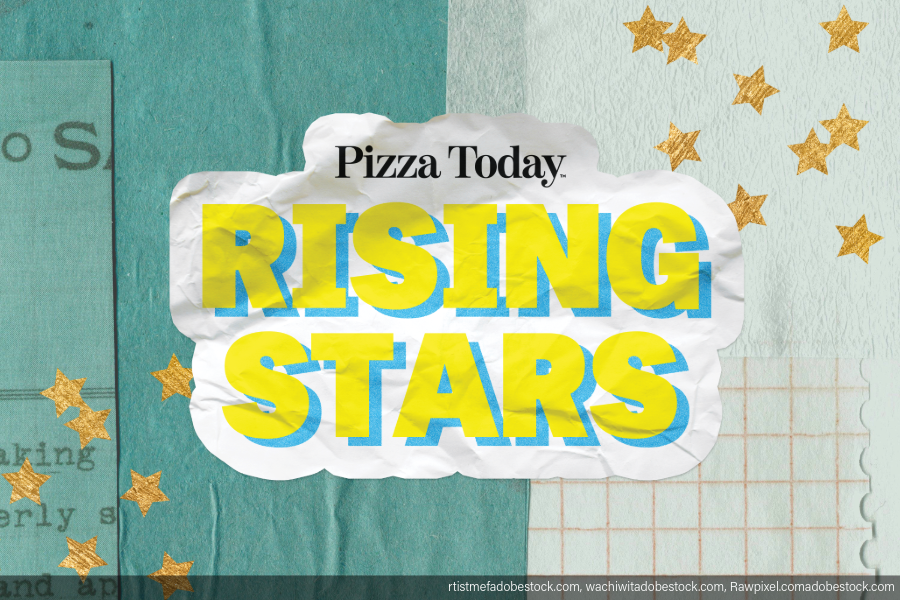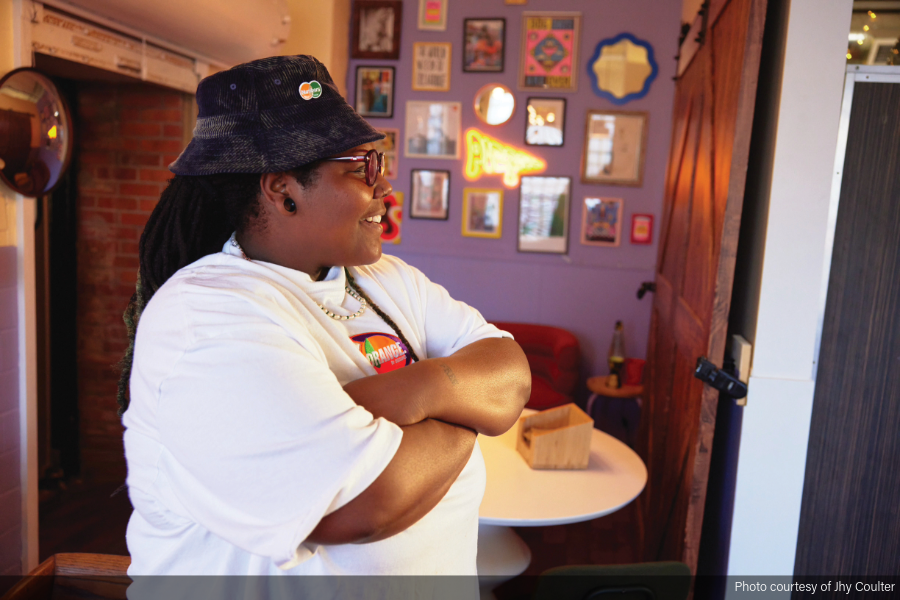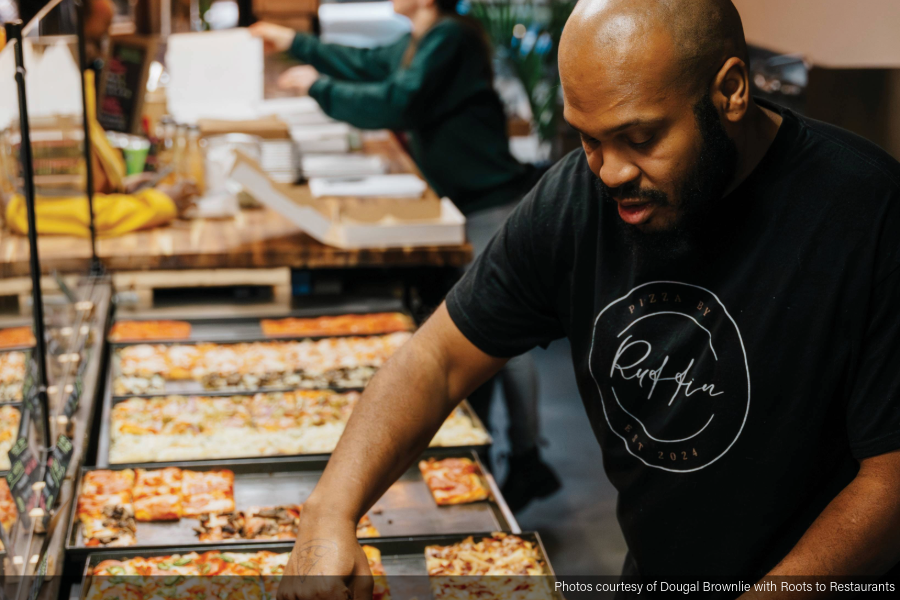 Give respect to get it
Give respect to get it
Millennials … a word that can generate a predictable reaction from managers/owners and revealed with dramatic pause, punctuated with expressive eye-rolling, somber head shaking and maybe even a deep sigh.
Sound familiar?
“The steps to building a business with this generation is predicated on the ability to be a psychiatrist and social worker all in one. You must be able to read their well disguised signals and recognize when to push and when to coddle.” This is a stark observation from Sean Baldwin, owner of Pop’s Place in Bend, Oregon. Chef Baldwin speaks from experience with 30+ years as a culinary professional He was selected the 2009 Oregon Mentor of the Year.
“Work/life balance is more important to our Millennials. They request more time off, value their personal life, and want more flexibility of schedule. They will often sacrifice work for travel or holiday plans.” So says Julie Shenkman, co-owner of Shenkman Hospitality Group, who runs Osteria Coppa in San Mateo, California.
A 2010 Pew Research Study asked Boomers and Gen-Ys to rank their strengths in priority order. Gen Y cites technology, music, liberal leanings and superior intelligence as its defining qualities. Boomers asked the same question revealed marked differences: work ethic, respect and morals. And the real world result of these opposing values? An employment “perfect storm”.
The “problem” is not so much just about the millennials. Industry leadership often is too quick to marginalize Gen-Y with off-putting stereotypes — and the Millennials respond in kind. The conflict comes from the difference in generational values based on life experience when growing up. Boomers were taught to take what you can get to start and then work your way up. Hard work, unquestionable loyalty to an employer and lifetime commitment would bring a worker the preferred high standard of living. Millennials are more focused on work/life balance, take more risks (including challenging the status quo of workplace practices, ethics and behavior). They are more interested in earning enough rather than acquiring wealth. They want to feel their labor is connected to something that elevates/improves their work, social and living communities… not just to accumulate possessions or titles.
Adding to the conflict, Gen-Y was brought up with the concept that “there are no losers… you get a ribbon just for showing up.” They are stunned, angered and rebel that the real world doesn’t work like that and that they will be challenged/questioned about their values as a person and employee.
The opposing generations are markedly opposite on how they relate to, use and rely on technology. This is possibly the biggest obstacles and solution to effective workplace communications between the conflicted generations.
Shenkman adds, “Millennials are very technologically savvy. They grew up with technology, are comfortable with it and are typically well connected online. How this plays out in the restaurant setting is that they are more likely to text a manager to discuss something or change a schedule than they are to call or e-mail. So in terms of managing them — we need to be receptive to their preferred method of communication, and be able to receive and check for text messages from them. We also need to be on the leading edge of technology ourselves to be an attractive choice for them as an employer.”
Shenkman Hospitality Group maximizes the use of technology with staff and management for training and daily operations. “We use handheld devices to take orders, and iPads for the wine list at some of our restaurants. We have built an online employee website (accessible from desktop or mobile devices) for information sharing, where we also post all schedules. Menus, ingredient lists, food handling, wine information, etc., are posted on the website so employees can always check for the latest information. We can also broadcast a message to all staff via this site, and there is also a social friending and chat capability. A separate area for managers enables us to post information relevant to them. Links to our social media sites are included (Facebook, Twitter, OpenTable, YouTube, etc.) on the site as well. Training information, including some training videos, are accessible from the employee Web site. Dropbox is used for file storing and sharing for the management staff, and is also accessible by mobile devices so it’s convenient when not at the restaurant.”
Shenkman says there is a difference between teaching and coaching and offers this perspective: “Teaching is more of a one-way process, whereas coaching involves trust and participation on both sides, along with a healthy dose of inspiration, encouragement and motivation. Coaching involves engaging the employee and often means asking them for feedback on what is happening, or what can be improved — on the floor serving, in the kitchen prepping, and behind the stove cooking. Coaching is the real-time feedback process that happens between several people, and works best when the employee feels like you are both on the same team, with the same end goal in mind. Coaches win when their players win, and likewise a restaurant is only as good as its staff.”
The industry must be willing to shift from bossing to coaching. Target new strategies and techniques on how to engage the millennials rather than sustaining the distracting path of freaking out over their perceived poor work ethics/behaviors. Apply innovative management styles, coaching and feedback practices to adapt to the millennial mindset in order to bring out the best behavior/production/results that elevate the brand and bottom-line.
Why? Because they’re not going away. They’re going to account for more than 40 percent of our USA workforce/labor pool by 2020! Start listening to understand rather than listening to reply.
Paul Paz is the founder of Waiter’s World.
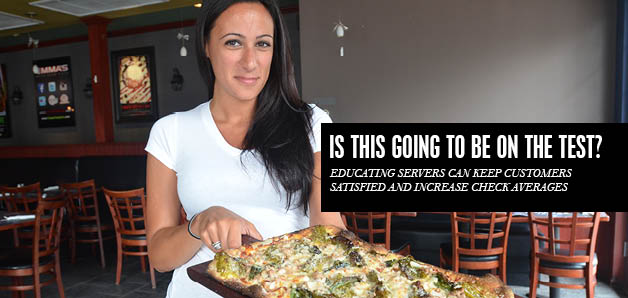
 Give respect to get it
Give respect to get it